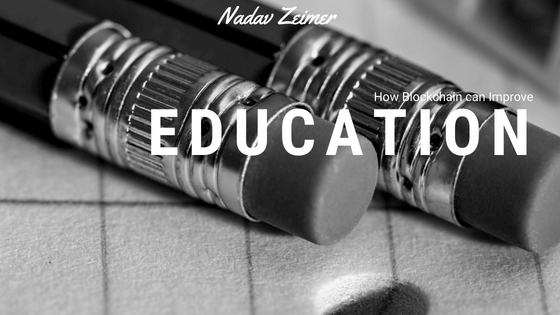Blockchain technology continues to be a driving force behind change in almost every major industry. It’s the power behind cryptocurrencies like Bitcoin and Ethereum. Though it’s a less-discussed sector, blockchain can do a lot to vastly improve the education system. Because blockchain creates a hard-to-edit ledger of transactions, it’s the perfect tool for managing student records and transcripts, and I have written extensively on how I believe it will be instrumental in transforming how teacher unions self-organize. Four other purposes for which this technology is well positioned to have an impact are skill badges, student busing, human resources and governance.
Badges
Blockchain-based technology could be used to verify specific skills that are then communicated with digital badges. When students completed specified coursework towards certain skills, they would receive a badge certifying that they’ve learned this skill. When students earn multiple badges, they could be displayed in an open badge passport allowing students to earn credits in a variety of settings toward a credential while also allowing for verification of these skills by employers or institutions of higher learning.
Student busing
Blockchain could be used to transform the ridesharing industry. A new rideshare startup, Arcade City, allows drivers to establish rates with blockchain logging all of their interactions. This effectively eliminates any middleman (like Uber) connecting a certified driver with a student in need of a ride to school. By reducing costs for the school district and increasing pay for the drivers, such a system provides clear advantages. While this wouldn’t eliminate the need for buses in large school districts, it would help in certain hard to serve areas of student transportation, such as for special needs students, work-based learning and isolated students.
Human resources
Before anyone can be hired to work in a school building, background checks have to be conducted, and employment histories must be verified. While these are both important tasks, they can be very time-consuming for the human resources staff. By storing these types of records on blockchain-based ledgers, hiring committees would be able to access the data needed to complete these checks quickly, streamlining the process while reducing overhead costs.
Governance
Using blockchain to house contracts and other verifiable transactions would help provide school administrators with an organized way to access the contracts of each teacher. Administrators could ensure that teachers are acting according to their contracts by having rules encoded in blockchain. School boards could also use the technology to have shareholders vote by proxy and have a platform where multiple parties can collaborate on proposals.
High school and colleges across the country are already adopting blockchain technology to tackle these and other issues. As the technology continues to grow and develop in the coming years, there is no way to say how many industries and common practices it will impact.

